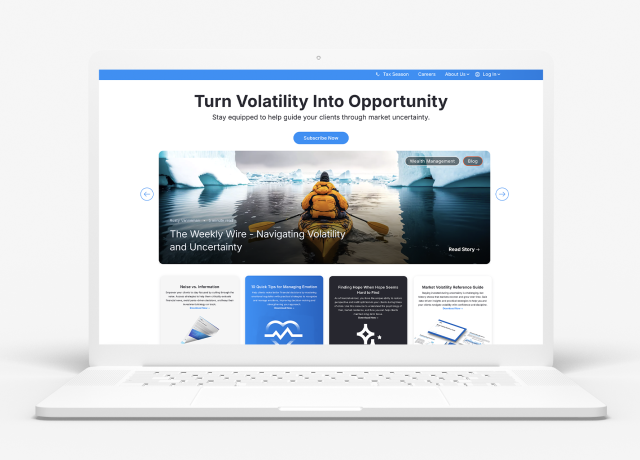Video Transcript
Hello, everyone. I'm Ben Vaske, senior investment strategist here at Orion, bringing you another quick video on our thoughts on recent market volatility.
I'm recording just after market close on April 15, which is a pretty muted day for equity markets after last week's dramatic price action.
Last week gave us one of the strongest rallies in years for stocks, but the real story might be what happened in the bond market. While equity soared, under the surface, the bond market was flashing red. The 30-year treasury yield spiked 46 basis points, its biggest weekly jump since 1987, and the ten-year settled just under 4.5% after a midweek selloff.

Now, despite the equity jump from the tariff pause announcement last Wednesday, there are certainly heightened risks and levels of uncertainty still presenting themselves in the market and the real economy, which would intuitively lead us to expect an increase in bond purchasing or safe haven assets pushing yields lower.
However, that's not what we got. There was speculation around foreign countries selling off US assets, which we don't believe is the case, but there are a few key things that we think we can point to. As a backdrop, CPI and PPI came in lighter than expected last week, but short-term inflation expectations surged and that tells us the public is still expecting a broader price shock to come.
Higher inflation expectations would lead us to higher yield expectations.
Investors also experienced heightened liquidity stress last week with extreme market swings forcing margin calls along with basis trade unwinds fueled by the wave of forced selling.
Even though equities moved higher, many investors were caught wrong-footed and needed quick liquidity, leading them to sell bonds, which ironically amplified the volatility in the so-called safe haven part of the market.
We, of course, know that the Fed is paying attention.
Powell has said inflation from tariffs may not be short lived.
However, if expectations come unanchored, the Fed has said they won't cut even if growth slows, certainly not a stimulus playbook.
Now while two days certainly don't make a trend, we have seen the ten year yield fall in the last two trading days, potentially pointing to some yield normalization off last week's shock.
Rising equity prices, rising yields, and a falling dollar, in our eyes, point to a market that is really just looking for some direction.
All of this suggests uncertainty is not behind us. Keep an eye on the Fed, keep an eye on inflation expectations, and remember, stay disciplined, stay invested, and stay diversified. Thank you.



























